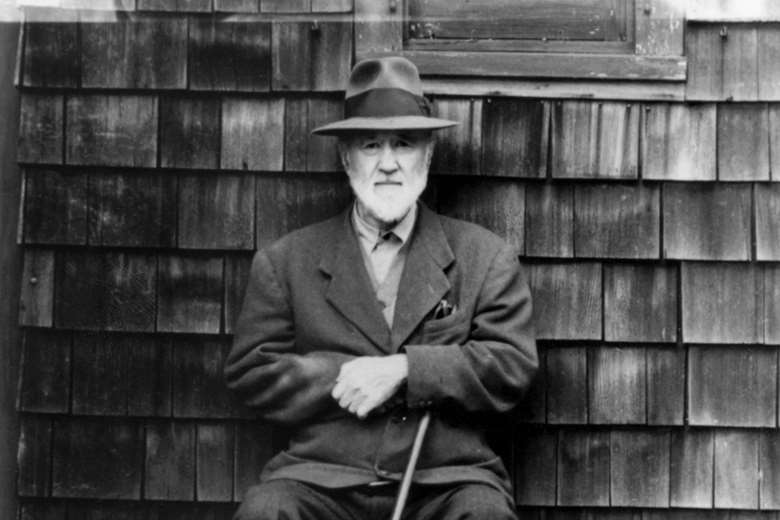Charles Ives at 150: The Sound of America
Andrew Farach-Colton
Friday, July 12, 2024
Charles Ives evoked his country like few others, and to mark 150 years since his birth, Andrew Farach-Colton delves into the life and music of this most unconventional figure

Register now to continue reading
Thanks for exploring the Gramophone website. Sign up for a free account today to enjoy the following benefits:
- Free access to 3 subscriber-only articles per month
- Unlimited access to our news, podcasts and awards pages
- Free weekly email newsletter
















